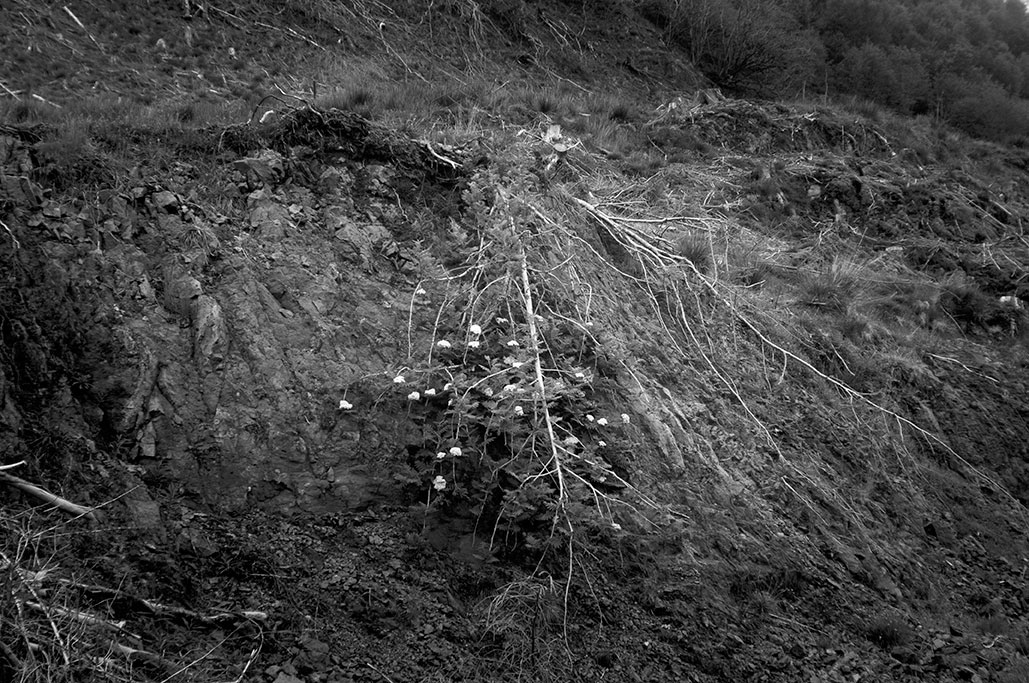Scotland was once covered in an Atlantic temperate rainforest, although now only about 1% of this ancient forest remains.
Scotland’s rainforests are made up of oak, ash, birch, pine and hazel woodlands on the west coast of the country.
They comprise just 2% of all forest cover, but are considered internationally important for the enormous abundance and diversity of species found there, including some of the world’s rarest lichens and mosses.
The rainforests are situated over five areas near Crinan, Spean Bridge, Strathcarron, Oban and Uig.
Across the country, just 7% of native woodland is in good condition and around half of ancient woodlands have been damaged by commercial forestry or soaring numbers of rhododendrons .
Argyll is covered by commercial forests, mostly growing non native species such as Sitka Spruce etc. This commercial activity has rendered the landscape into unnatural man made square of rectangular plantings. Hundreds of acres of non native commercial species, closely packed and growing slowly in regimented lines. The commercial species are planted in '30 year forests', taking approximately 30 year to grow to harvest. This dense and unnatural planting renders the forest flow virtually sterile and unable to support much in the way of wildlife.
Very often the landscape is left scarred and battered by clearfelling and associated harvesting activities, leaving vast swathes resembling a battlefield. Some remnants of the ancient forests remain, although these are being increasingly squeezed out by commercial activities.
'If as individuals we can improve the geography only slightly, if at all, perhaps the more appropriately scaled subject for reshaping is ourselves.'
—Robert Adams
















